In today’s rapidly evolving software development landscape, communication protocols play a pivotal role in building robust and efficient applications. Among the popular choices are Remote Procedure Calls (RPC) and Google’s Remote Procedure Call (gRPC), which offer different paradigms for enabling inter-process communication. This blog post delves into an in-depth comparison of gRPC vs RPC to help developers understand their features, use cases, advantages, and disadvantages.
What is RPC?
Remote Procedure Call (RPC) is a protocol that allows a program to request a service from a program located on another machine in a network without needing to understand the network’s details. Introduced in the early 1980s, RPC abstracts the communication layer complexities, allowing developers to invoke methods as if they were calling a local procedure.
RPC works by using a client-server model where the client sends a request to the server to execute a specified procedure with provided arguments. The server processes the request, executes the procedure, and sends the result back to the client. Traditional RPC implementations include Sun RPC and XML-RPC.
What is gRPC?
gRPC, developed by Google, stands for Google Remote Procedure Call. It is a modern, open-source framework that leverages HTTP/2, Protocol Buffers (protobuf), and other cutting-edge technologies to facilitate high-performance, low-latency remote procedure calls. gRPC offers advanced features such as bidirectional streaming, flow control, header compression, and multiplexing requests over a single connection.
Unlike traditional RPC, gRPC uses Protocol Buffers as its Interface Definition Language (IDL), which is both language-agnostic and highly efficient for serialization and deserialization of structured data. gRPC has gained significant traction in microservices architectures due to its performance benefits and ease of integration across different programming languages.
Key Differences Between gRPC and Traditional RPC
Key differences between gRPC and traditional RPC is essential for developers to make informed decisions when choosing a communication protocol for their applications. While both serve the fundamental purpose of enabling remote procedure calls, they diverge significantly in terms of performance, efficiency, flexibility, and feature set. Below, we explore these differences in detail to highlight how gRPC builds upon and improves the traditional RPC paradigm.
Transport Protocols:
- RPC: Typically uses HTTP/1.1 or custom transport protocols.
- gRPC: Uses HTTP/2, which provides multiplexing, binary framing, and better performance.
Data Serialization:
- RPC: Often uses text-based formats like XML or JSON, which can be verbose and slower to parse.
- gRPC: Utilizes Protocol Buffers, a binary serialization format that is more compact and faster to parse.
Streaming:
- RPC: Generally does not support streaming or requires custom implementations.
- gRPC: Natively supports unary, server-streaming, client-streaming, and bidirectional streaming.
Performance:
- RPC: May suffer from higher latencies and overhead due to text-based serialization and older transport protocols.
- gRPC: Optimized for high performance with lower latencies and reduced overhead.
Language Support:
- RPC: Usually limited to specific languages or requires additional libraries for cross-language support.
- gRPC: Offers first-class support for multiple programming languages, including C++, Java, Python, Go, and more.
Use Cases for gRPC
- Microservices Architectures: Ideal for building efficient and scalable microservices with low-latency communication.
- Real-time Data Streaming: Suitable for applications requiring real-time data exchange, such as chat applications, gaming, and IoT devices.
- Interoperability: Perfect for projects involving multiple programming languages, thanks to Protocol Buffers.
- High-Performance APIs: Excellent choice for creating high-performance public and private APIs.
Use Cases for RPC
- Legacy Systems: Suitable for maintaining and integrating with legacy systems that already use traditional RPC.
- Simple Client-Server Applications: Effective for straightforward client-server applications where advanced features like streaming are unnecessary.
- Intranets and Controlled Networks: Ideal for environments where performance constraints are less stringent, and the simplicity of RPC is beneficial.
- Custom Protocol Implementations: Useful when specific custom protocols need to be implemented for niche requirements.
Advantages of gRPC
- Performance: Offers superior performance due to HTTP/2 and Protocol Buffers.
- Streaming Support: Built-in support for various streaming paradigms enhances real-time communication.
- Interoperability: Seamless support across multiple languages and platforms.
- Scalability: Better suited for scaling applications due to its efficient use of network resources.
Advantages of RPC
- Simplicity: Easier to implement and understand for straightforward use cases.
- Legacy Compatibility: Well-suited for environments where legacy systems and protocols are still in use.
- Minimal Setup: Requires less initial setup, making it accessible for smaller projects.
Disadvantages of gRPC
- Complexity: Has a steeper learning curve and more complex setup compared to traditional RPC.
- Limited Browser Support: Direct usage in web browsers is limited, often necessitating a proxy.
- Protocol Buffers Dependency: Requires learning Protocol Buffers for defining service interfaces and messages.
Disadvantages of RPC
- Performance Limitations: May suffer from higher latencies and overhead due to older transport and serialization mechanisms.
- Lack of Advanced Features: Often lacks built-in support for streaming, flow control, and multiplexing.
- Language Constraints: Limited language support can make it challenging to integrate across diverse technology stacks.
Conclusion
Both gRPC and traditional RPC have their niches in modern software development. gRPC stands out for its performance, advanced features, and cross-language support, making it ideal for microservices and real-time applications. On the other hand, traditional RPC’s simplicity and legacy compatibility make it suitable for straightforward applications and maintaining existing systems.
Choosing between gRPC and RPC ultimately depends on your project’s specific requirements, performance constraints, and the existing technology stack. Regardless of your choice, understanding the strengths and limitations of each protocol is crucial for optimizing your application’s architecture and ensuring robust communication between distributed components.
FAQ
1. What does RPC stand for, and how does it work?
RPC stands for Remote Procedure Call. It allows a program to request a service from another program on a different machine within a network. The client sends a request to the server, which executes the requested procedure and returns the result.
2. How is gRPC different from traditional RPC?
gRPC differs from traditional RPC in its use of HTTP/2 for transport, Protocol Buffers for data serialization, and built-in support for streaming. These features enable gRPC to offer better performance, lower latency, and seamless interoperability across multiple programming languages.
3. What are the main benefits of using gRPC over RPC?
The main benefits of using gRPC over traditional RPC include improved performance, built-in support for various streaming paradigms, superior data serialization with Protocol Buffers, and first-class support for multiple programming languages.
4. Can gRPC and RPC be used together in a single system?
Yes, gRPC and traditional RPC can be used together in a single system, particularly in scenarios where different components have varying requirements for communication protocols. However, careful consideration is necessary to manage the complexity and ensure seamless integration.
5. What are some common use cases for gRPC?
Common use cases for gRPC include microservices architectures, real-time data streaming applications, projects requiring cross-language interoperability, and high-performance APIs.
6. Is gRPC more secure than traditional RPC?
gRPC can be more secure than traditional RPC due to its use of HTTP/2, which supports modern security features like TLS. However, the overall security depends on the specific implementation and security practices used in the application.

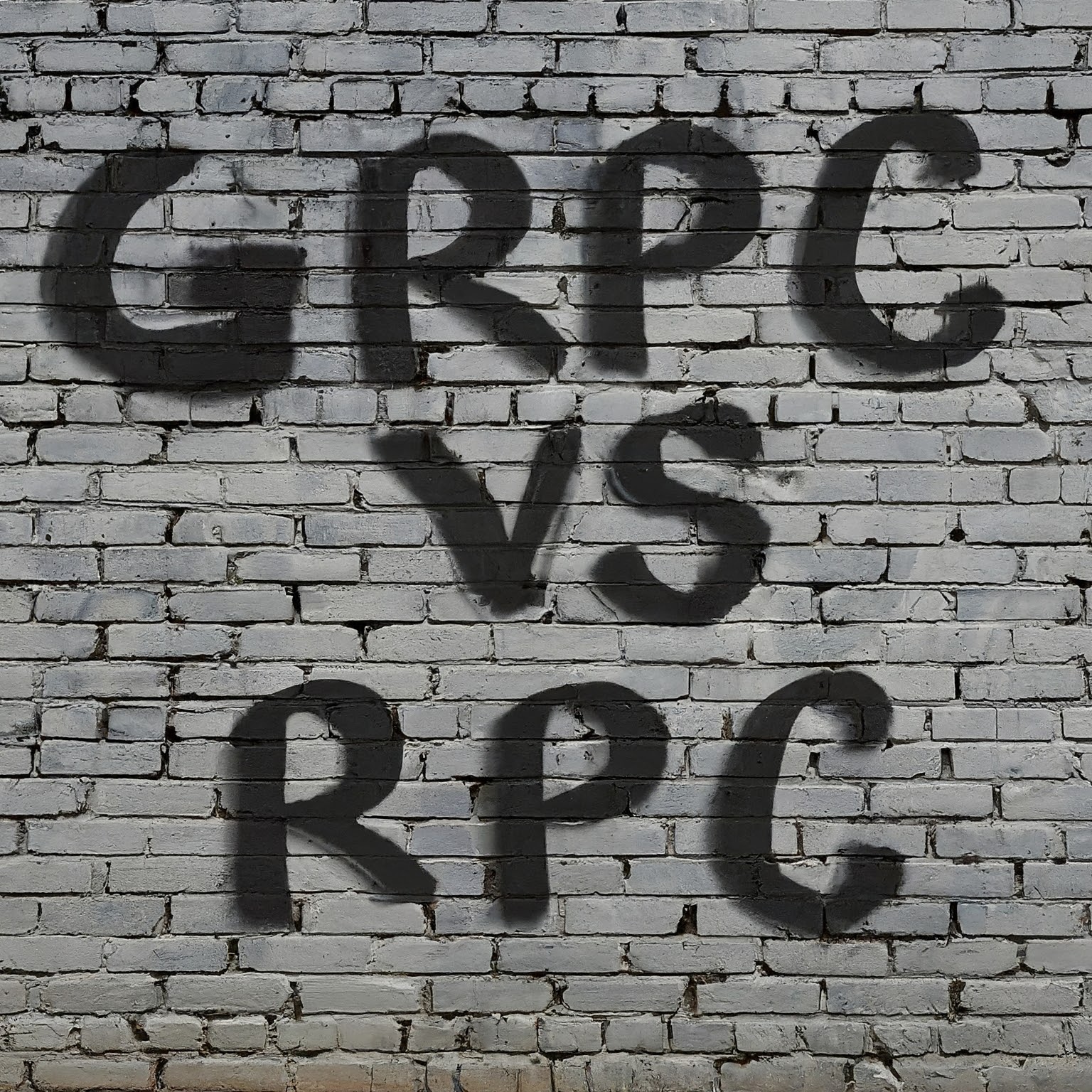

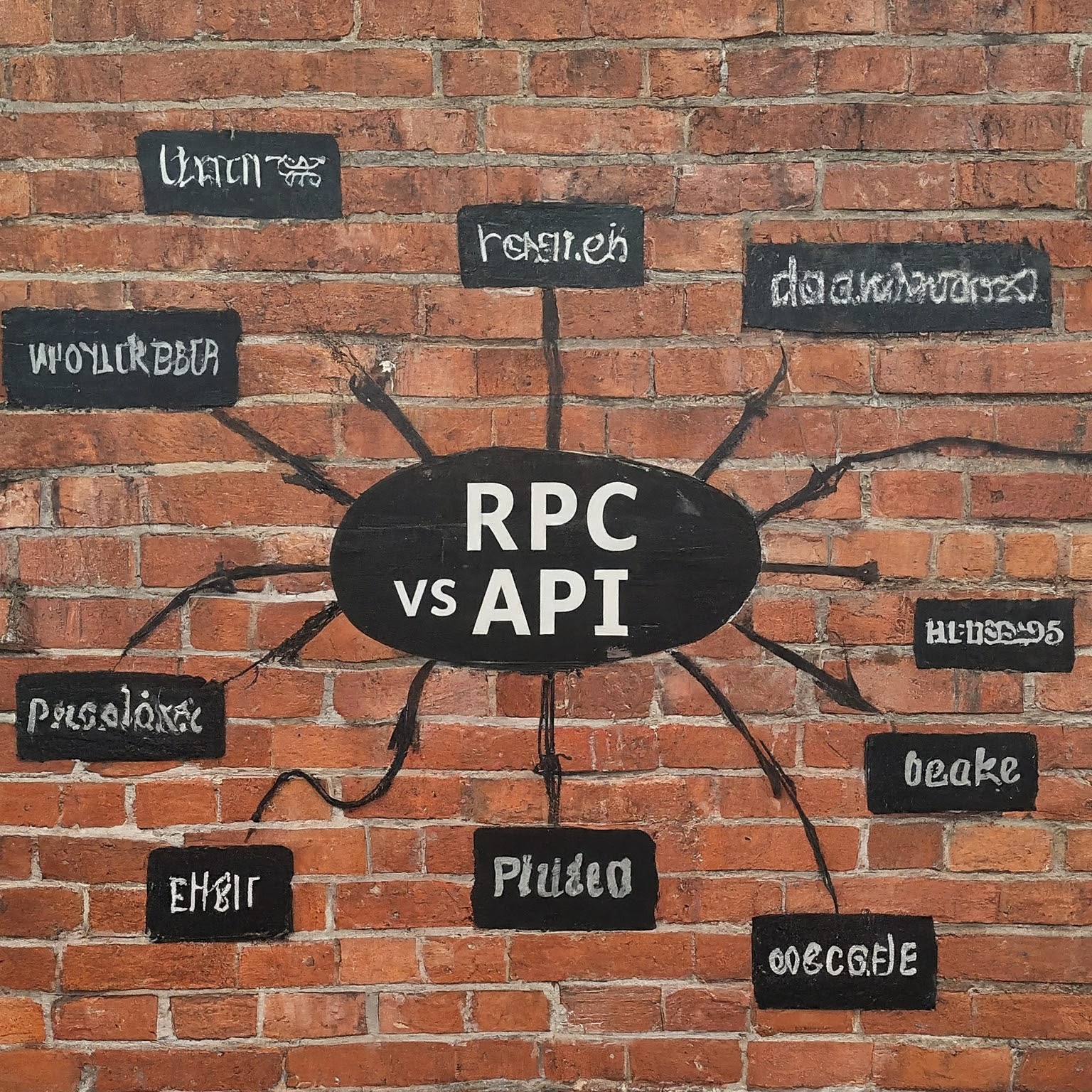
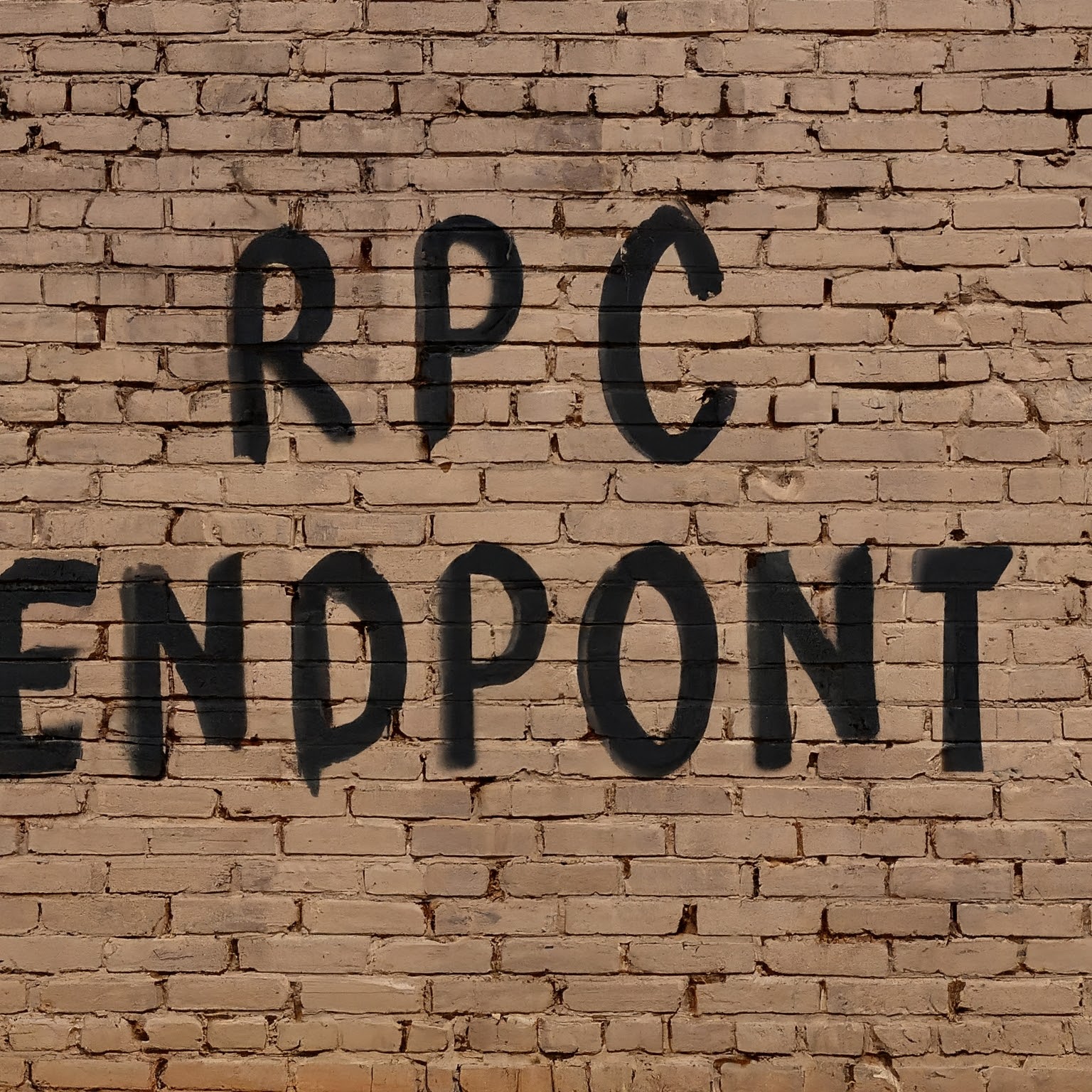

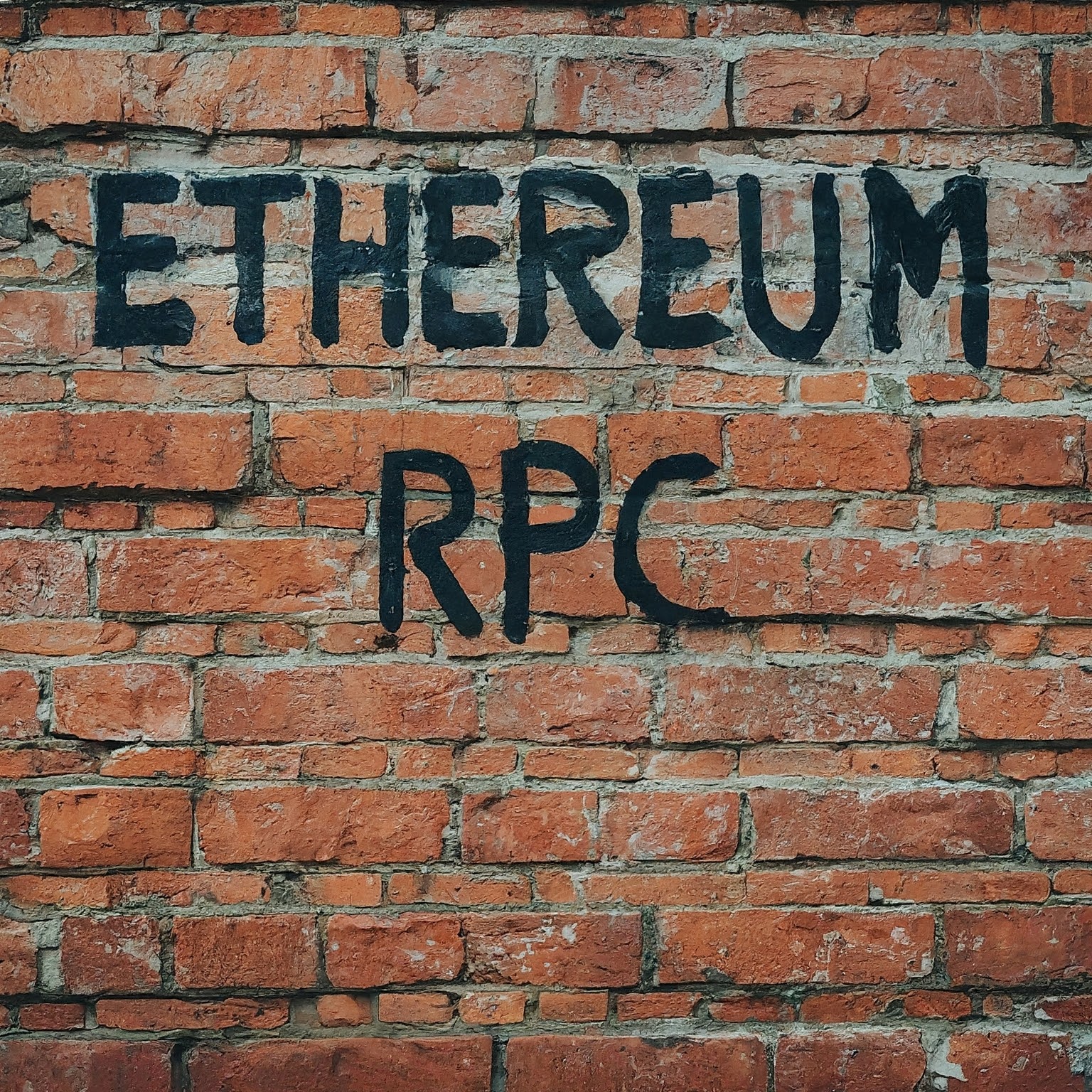
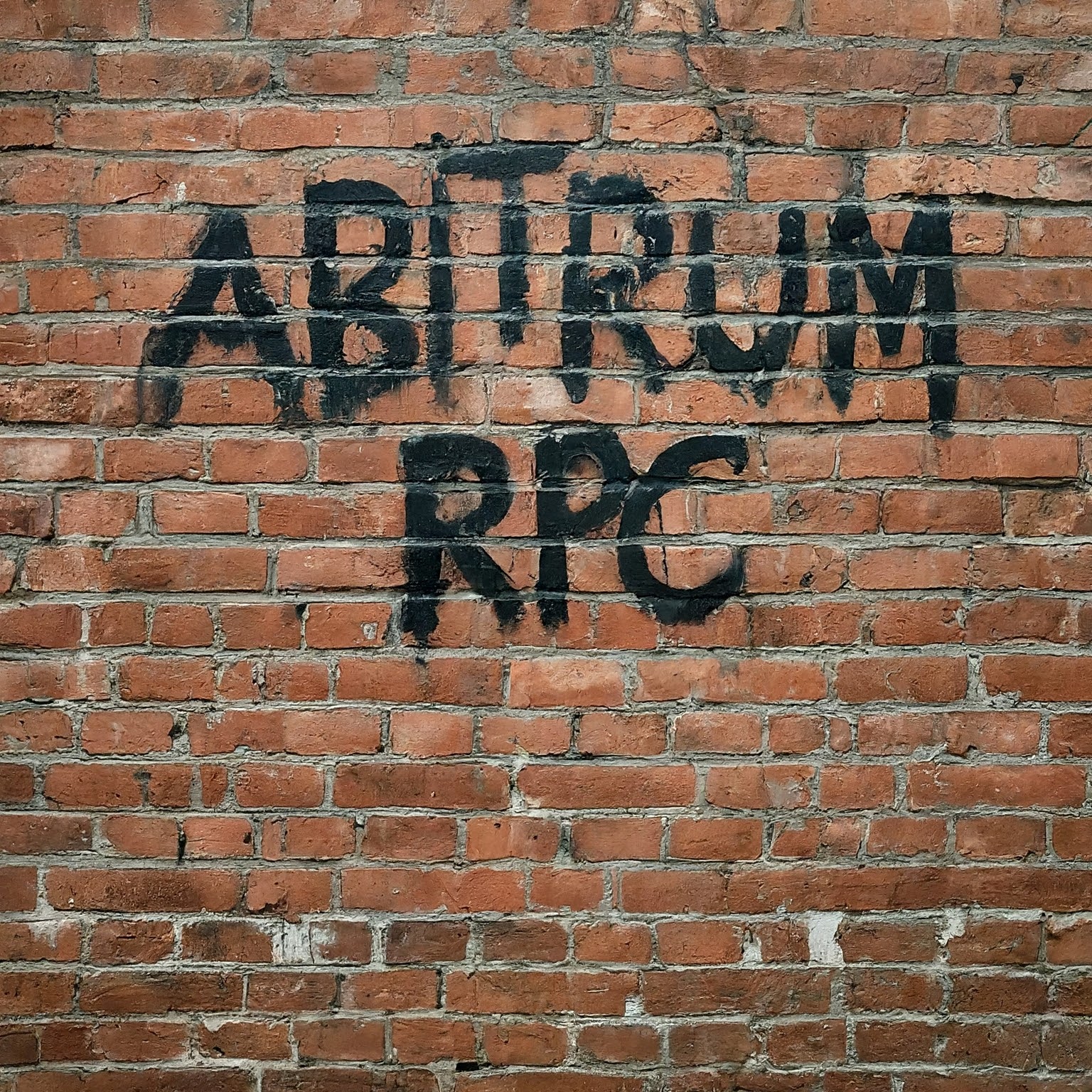

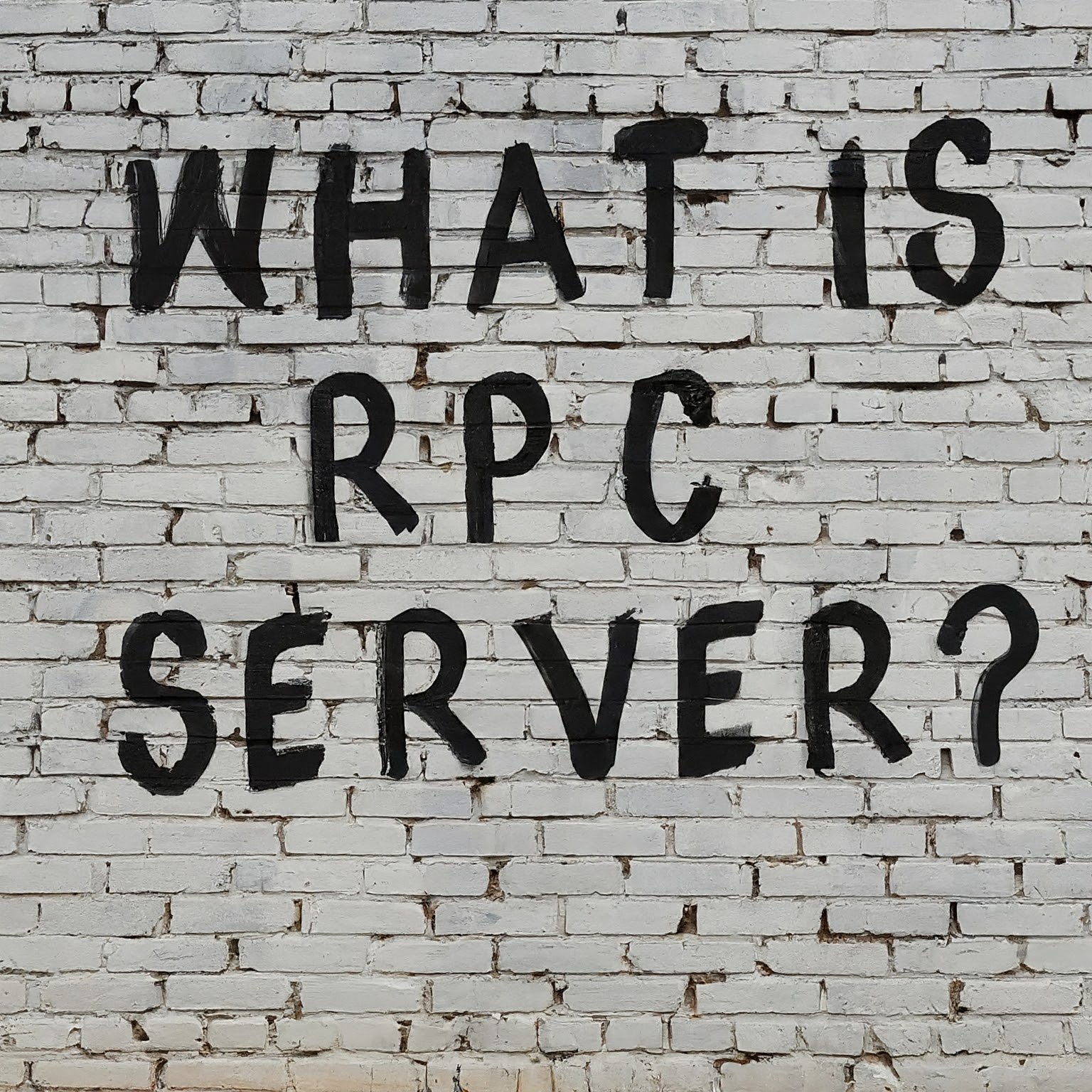

Leave a Reply
You must be logged in to post a comment.